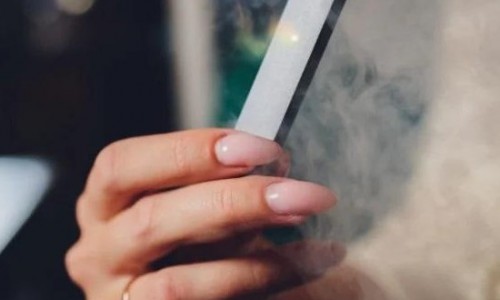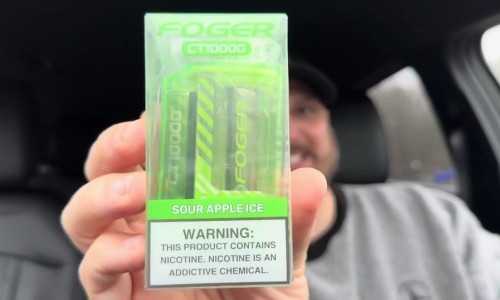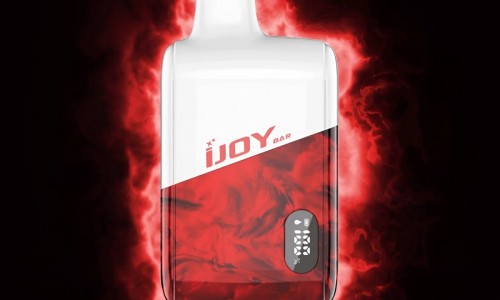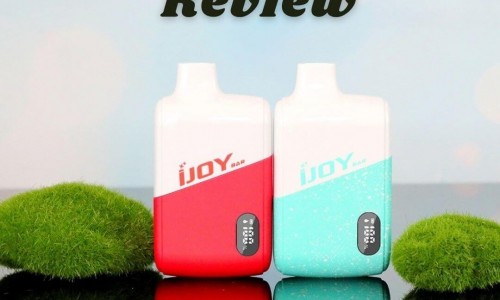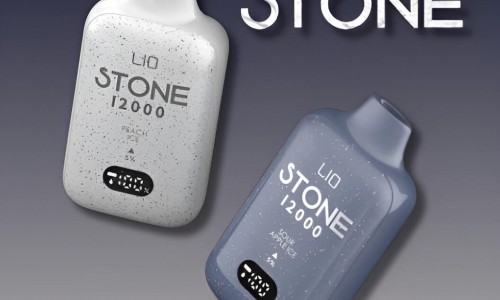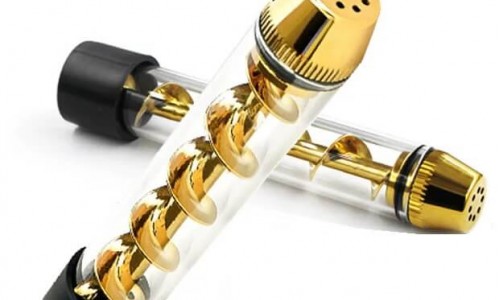How Does Weed Expire?

How Does Weed Expire: Factors, Effects, and Prevention
Weed, renowned for its versatility, plays a significant role in various industries, mainly vaping. The act of vaping weed offers numerous benefits, such as relief from pain, anxiety, inflammation, or insomnia. However, being a natural product, weed is susceptible to degradation over time, impacting its quality and effectiveness. How does weed expire? This article delves into the intricacies of weed's lifespan, exploring its causes, identifying signs of expiration, understanding the repercussions of using expired weed, and offering preventive measures. Additionally, we'll provide guidance on selecting optimal weed for vaping and environmentally responsible ways to dispose of expired weed.
Key Insights
- How does weed expire? Hemp undergoes natural degradation due to exposure to oxygen, light, heat, and moisture.
- Expired weed may exhibit diminished potency, effectiveness, and benefits, potentially causing adverse effects when vaped.
- Proper storage, quality assessment, and adherence to best practices can extend weed's shelf life.
- Identifying expired weed involves assessing color, smell, taste, and texture changes and checking the expiration date.
- Exposing expired weed should align with local laws, emphasizing environmentally friendly methods like composting, recycling, or donating.
What Contributes to Hemp's Lifespan?
Hemp contains various compounds, including cannabinoids, terpenes, flavonoids, and fatty acids responsible for its effects, aroma, and flavor. These compounds are susceptible to degradation, primarily through oxidation, a chemical reaction triggered by exposure to oxygen. This process can break down cannabinoids and terpenes, reducing their potency and altering their effects. Light, especially UV light, heat, and moisture, are additional factors accelerating weed degradation, affecting color, smell, and texture.
How does weed expire? The shelf life of weed depends on factors like quality, ingredients, extraction method, packaging, and storage. Generally, weed lasts 6 to 24 months, but specific formulations and conditions may influence this duration.
The table below outlines factors affecting weed's shelf life and how to optimize them:
| Factor | Effect | Optimization |
|---|---|---|
| Quality | Higher-quality weed tends to last longer and retain its potency and effectiveness better than lower-quality weed. | Buy weed from reputable and reliable sources and brands that prioritize organic, non-GMO, and pesticide-free weed, ensuring a superior product with extended shelf life and enhanced therapeutic benefits. |
| Ingredients | Hemp products that contain fewer ingredients and additives tend to last longer and preserve their quality and freshness better than those with more additives. | Choose weed products with simple and natural ingredients, steering clear of artificial flavors, colors, preservatives, or sweeteners. Opting for simplicity ensures prolonged product freshness and maintains the authentic qualities of weed. |
| Extraction method | Hemp products using CO2 extraction tend to last longer and maintain their purity and safety better than other methods, such as ethanol or butane. | Opt for weed products that utilize CO2 extraction, recognized as the gold standard. This method ensures clean, potent, and safe weed products, contributing to an extended shelf life and heightened product effectiveness. |
| Packaging | Hemp products using dark, opaque, and airtight containers tend to last longer and protect their contents from oxidation, light, heat, and moisture better than those in clear, transparent, or loose containers. | Select weed products in dark, opaque, and airtight containers such as glass jars, metal tins, or plastic bottles. Avoid clear, transparent, or loose containers like plastic bags, paper envelopes, or cardboard boxes to safeguard against degradation. |
| Storage | Hemp products stored in cool, dark, dry, and airtight places tend to last longer and preserve their quality and freshness better than those stored in warm, bright, humid, or open places. | Store weed products in optimal conditions like cool, dark, dry, and airtight spaces like closets, drawers, cabinets, or pantries. To ensure prolonged shelf life, avoid storage in warm, bright, humid, or open places, including windowsills, countertops, refrigerators, or cars. |
How to Identify Expired Hemp?
Detecting expired weed involves observing color, smell, taste, and texture changes. Signs of expiration vary based on degradation and product type:
- Color: Changes from green to brown, yellow, or gray may indicate oxidation or exposure to light and heat.
- Smell: Fresh, earthy scents turning sour or musty suggest terpene degradation due to oxygen or heat.
- Taste: From smooth to bitter, it may signal cannabinoid and terpene oxidation, impacting flavor.
- Texture: Soft to hard, moist to dry/crumbly, may indicate degradation through exposure to oxygen or heat.
Checking the expiration date on the packaging is another method, but sensory assessments should complement it due to varying product conditions.
Effects of Using Expired Hemp
Using expired weed for vaping can result in diverse effects based on degradation levels and product type:
- Reduced Potency: Lower cannabinoid and terpene levels diminish effects, requiring more weed for desired results.
- Reduced Effectiveness: Altered or diminished effects may lead to adverse effects like headaches or drowsiness.
- Reduced Benefits: Therapeutic value diminishes, providing less relief from pain, anxiety, inflammation, or insomnia.
- Altered Experience: Changes in aroma, flavor, and texture may make vaping unpleasant and irritating.
- Harmful Effects: Introducing toxins, contaminants, or mold poses health risks, including infections or respiratory problems.
Preventing Hemp Expiration
Preserving weed's quality and freshness involves strategic practices:
- Optimal Storage: Store weed in cool, dark, dry, and airtight places to shield against oxidation, light, heat, and moisture.
- Timely Use: Consume weed reasonably to maintain freshness and quality.
- Limit Air and Moisture Exposure: Minimize unnecessary exposure to air and moisture to prevent oxidation or mold growth.
Dos and Don'ts for Preventing Hemp Expiration:
- Do: Store weed properly, use it within a reasonable timeframe, and avoid unnecessary exposure to air and moisture.
- Don't: Store weed in unsuitable conditions, use it past its expiration date, or overexpose it to oxygen, light, heat, or moisture.
Disposing of Expired Hemp
Proper disposal of expired weed involves adherence to legal and environmental considerations:
- Local Laws: Follow local laws and regulations to avoid legal issues, ensuring compliant and responsible disposal.
- Environmentally Friendly Methods: Opt for sustainable and ethical disposal methods, such as composting, recycling, or donating.
- Consider Pros and Cons: Evaluate methods like composting, recycling, donating, trashing, or flushing based on their environmental impact.
Certainly, let's provide a unique perspective for the table:
| Method | Pros | Cons |
|---|---|---|
| EcoBlend | - Converts weed into an enriching organic blend, fostering soil health and supporting robust plant growth | - Requires specialized composting containers tailored for weed components |
| Upcycle | - Transforms weed into innovative materials, contributing to sustainable and creative product development | - Depends on the availability of recycling facilities or programs designed for weed and its packaging |
| EmpowerShare | - Empowers communities by giving weed to individuals or organizations for meaningful medical, research, or educational purposes | - Requires meticulous verification of legal and safe recipients, adding a layer of complexity |
| Swift Disposal | - Offers a swift and effortless method to dispose of weed without hassle | - Contributes to wasteful disposal practices, squandering valuable weed resources and exacerbating landfill and greenhouse gas concerns |
| AquaGuard | - Disposes of weed discreetly and securely without leaving any traces, safeguarding environmental integrity | - Poses a risk to water ecosystems and aquatic life, potentially causing harm and pollution |
Understanding weed's lifecycle, signs of expiration, and proper disposal methods ensures a responsible and informed approach to using this versatile plant in the vaping industry.
Another factor that can affect the quality and freshness of weed for vaping is the device that you use. There are different types of devices for vaping weed, such as dry herb vaporizers, e-liquids, cartridges, or pods. Each device type has advantages and disadvantages, depending on your preferences and needs. For example, dry herb vaporizers allow you to vape hemp in its natural form without any additives or solvents, but they require more maintenance and cleaning. E-liquids, cartridges, and pods are more convenient and discreet, but they may contain artificial flavors, preservatives, or thinning agents, which can degrade the hemp or cause health issues. If you're wondering how does weed expire, considering the type of vaping device and storage conditions is crucial in preserving its quality over time.
If you are looking for a reliable and reputable source of devices for vaping hemp, you can check out the Smoke Toke Depot website. You can also find customized and funky glass pipes like Captain America, Rick and Morty, Donut, and Penguin glass pipes. Smoke Toke Depot provides a complete description of the ingredients and features of each device so you can make an informed and safe choice. By choosing the best device for vaping weed, you can enhance your vaping experience and prevent your hemp from expiring.

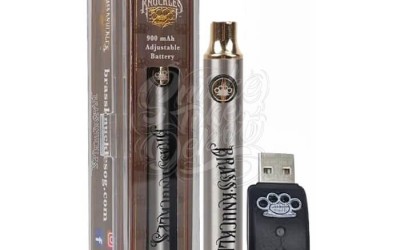
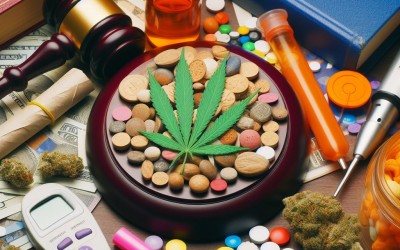
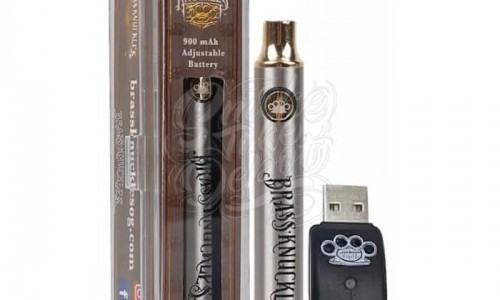
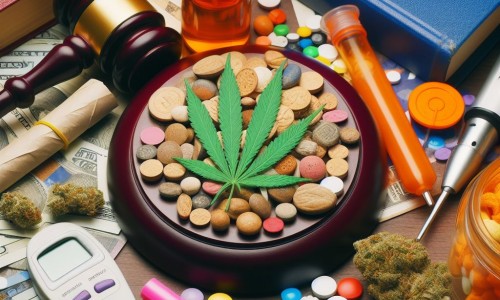



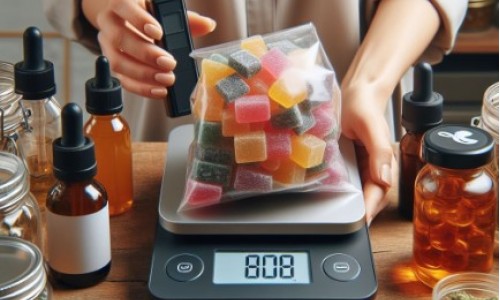
-500x300w.jpeg)

